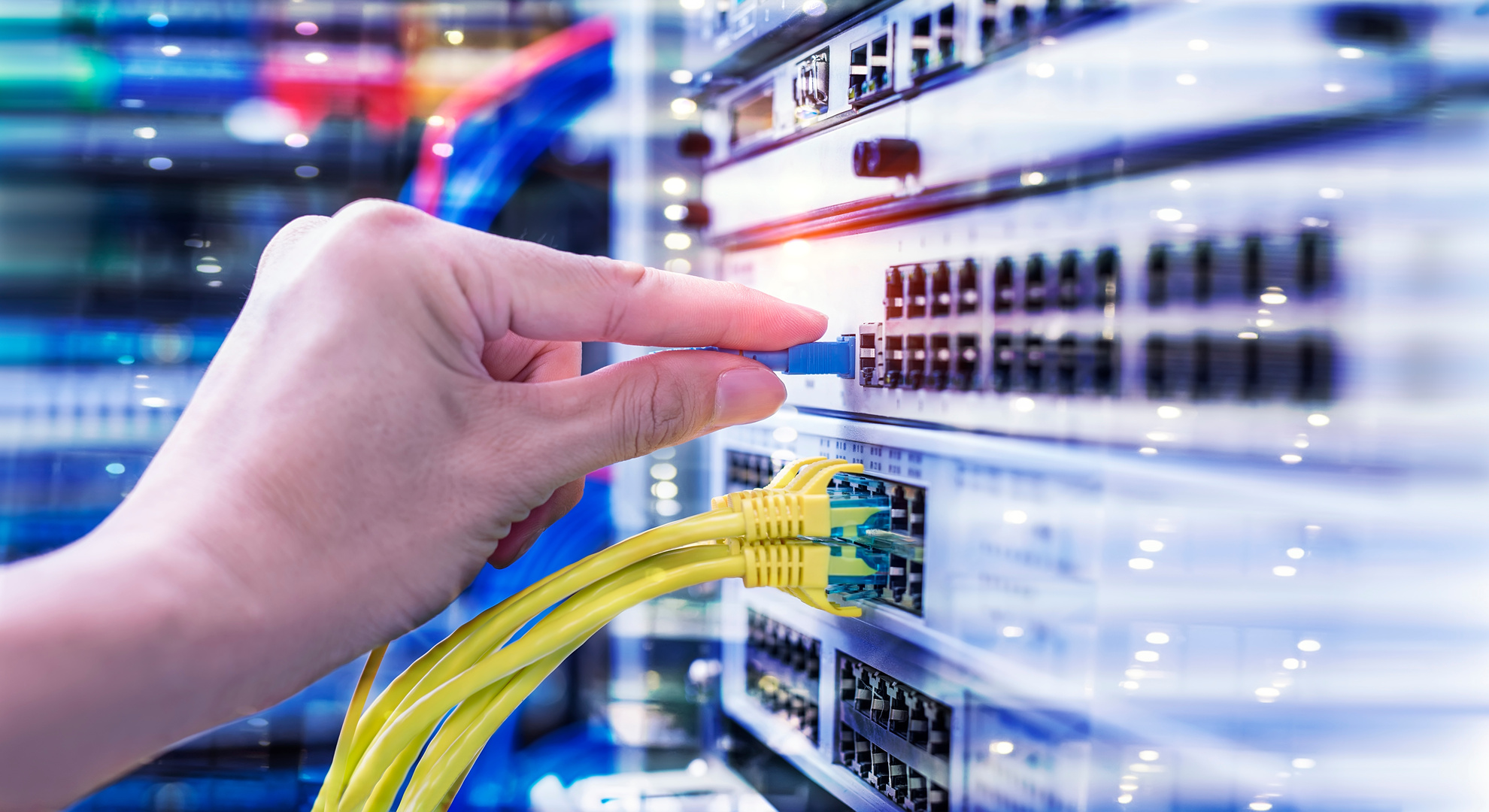
07 Feb How fibre optics supports the exponential growth of the Internet of Things
The Internet of Things (IoT) has transitioned from a futuristic promise to an imminent reality, shaping both technological landscapes and everyday user experiences. This evolution presents both a technical challenge and a strategic opportunity for the telecommunications sector.
With over 30 billion IoT devices expected by 2030, network infrastructures must evolve to accommodate unprecedented data volumes. In this scenario, fibre optics is not just the benchmark standard but the fundamental pillar that ensures the performance, scalability, and reliability required to sustain IoT’s exponential growth.
The interdependent relationship between fibre optics and IoT
The potential of IoT lies in its ability to interconnect devices and collect real-time data. However, this requires a high-performance connectivity ecosystem with widespread availability—ranging from industrial sensors to autonomous systems. The success of these use cases depends on a network infrastructure that delivers high speeds, ultra-low latency, and sufficient bandwidth to support millions of simultaneous connections without data traffic degradation.
Fibre optics stands as the only current solution capable of meeting these demands. Its ability to transmit data with minimal loss and speeds exceeding 1 Gbps makes it the backbone of the most advanced IoT deployments. For industry professionals, this presents a prime opportunity to lead the transformation of telecommunications networks that will redefine industries and everyday life.
Advanced applications in public services enabled by fibre optics
The impact of fibre optics on IoT is particularly evident in the public services sector, where efficient and reliable connectivity has become a crucial differentiator. The following are some of the most advanced applications driven by this technology:
Smart Grids
Fibre optic infrastructure enables the instant transmission of data from IoT sensors in electrical grids. This facilitates real-time consumption management, demand peak prediction, and fault detection before they disrupt supply.
Water supply
In water distribution systems, IoT sensors connected via fibre optics monitor pressure, quality, and flow in real time. This optimizes consumption while minimizing losses due to leaks through early detection, directly impacting both distributor costs and service quality for users.
Smart lighting
In cities that integrate IoT technology, public lighting systems can be connected via fibre optics to adjust illumination based on traffic patterns or weather conditions, reducing operational costs and energy consumption. The potential financial waste from inefficient lighting throughout the year is eliminated, ensuring maximum efficiency.
Telemedicine and remote health monitoring
IoT medical devices connected via fibre optic networks enable real-time patient monitoring and low-latency remote consultations, optimizing healthcare resources and improving patient care. This is particularly beneficial for rural areas and individuals who face challenges accessing large medical centers.
For technology professionals, it is clear that fibre optics is more than just a transmission medium; it is the structural backbone supporting the advancement of the Internet of Things. Its capability to provide ultra-fast speeds, minimal latency, and unmatched scalability ensures that it can meet the demands of IoT and the industries that rely on this connectivity.

